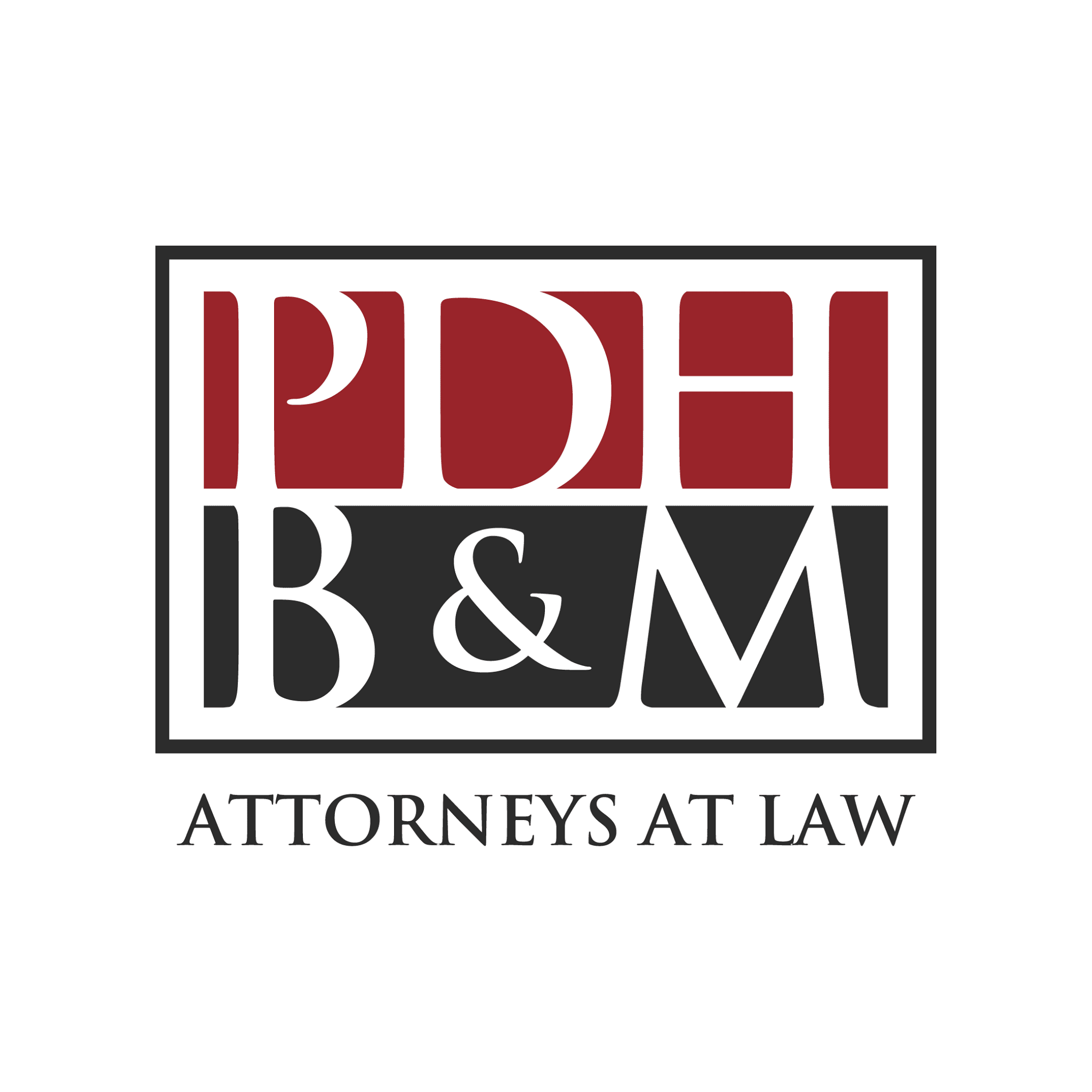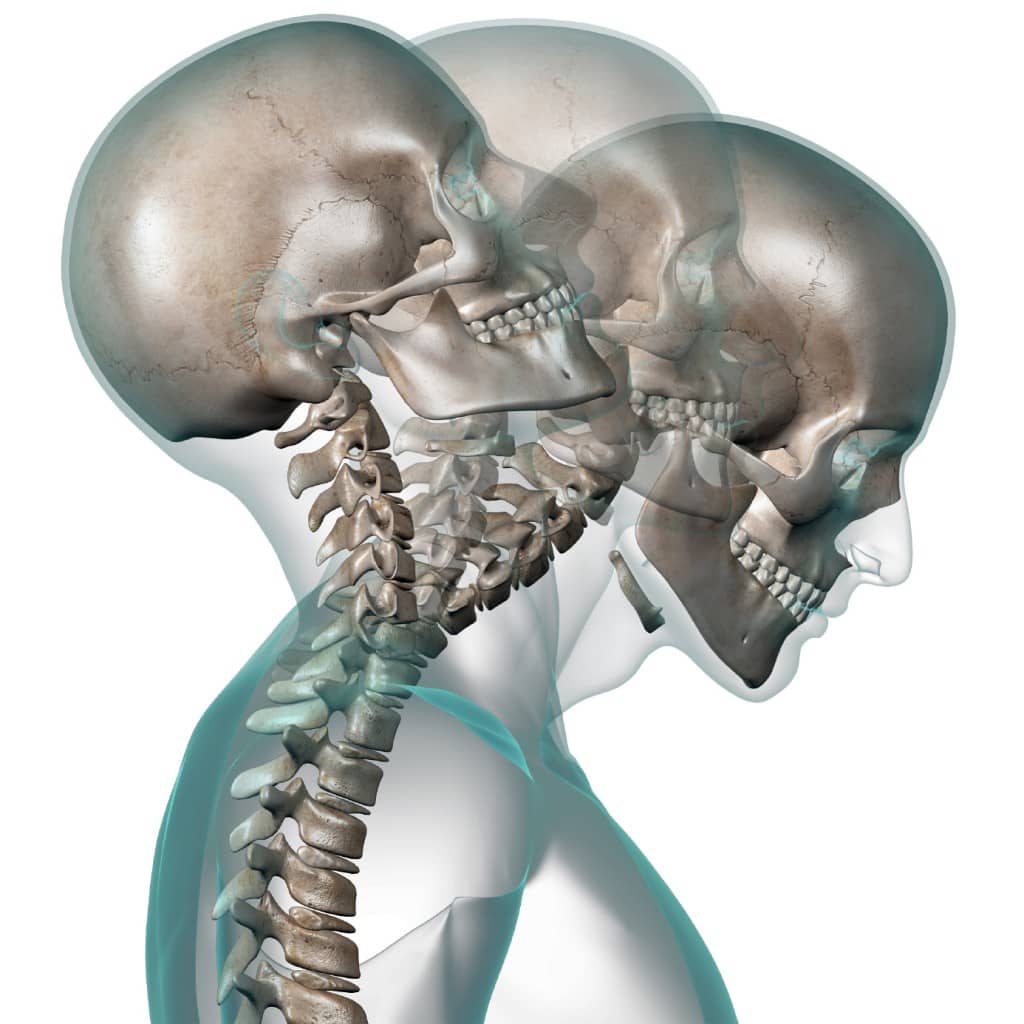What is a Mass Tort
To qualify as a tortious charge in accordance with mass tort law, the basic legal definition is that a mass tort is a collective tort or injury that affects multiple individuals, typically due to the same or similar causes.
Mass Tort Trends
Mass tort litigation in 2025 continues to grow, with toxic exposure and medical product liability cases dominating the legal landscape. High-profile lawsuits involving PFAS chemicals, commonly referred to as “forever chemicals,” are front and center. These cases address groundwater contamination and health risks, with thousands of claims pending against manufacturers.
Medical product liability cases also continue to drive mass tort litigation, with talcum powder lawsuits against Johnson & Johnson leading the charge. Over 58,000 claims allege that talc-based products caused ovarian cancer or mesothelioma due to asbestos contamination. Hernia mesh litigation is another significant area, with over 24,000 cases consolidated in multidistrict litigation (MDL).
Emerging areas of mass tort litigation are gaining momentum as societal awareness and scientific evidence evolve. Lawsuits against social media companies are on the rise, alleging that platforms like Instagram and TikTok contribute to mental health issues through addictive design features and harmful content algorithms. These cases represent a new frontier in mass torts, focusing on psychological harm rather than physical injury.
The growth of multidistrict litigation (MDL) reflects the increasing scale and complexity of mass torts in 2025. MDLs allow for the consolidation of thousands of similar cases to streamline pretrial proceedings and encourage settlements. Talcum powder lawsuits remain one of the largest MDLs by case volume, with potential settlements exceeding $11 billion if approved by bankruptcy courts.
With thousands of cases pending, mass torts remain a powerful tool for achieving justice and compensation for victims while shaping corporate behavior.
Legal Definition of Mass Torts
The two instances of mass torts can be:
- Involve several victims with many lawyers, but a single common instrument; such as defective medicine or defective medical device.
- One source of injury at a given point in time, such as an air crash or airliner accident
Common types of Mass Torts cases
There are a wide variety of types of cases that qualify as mass torts. A comprehensive list includes:
Intentional Interference with a Person
Defenses to Intentional Interference with Persons
Negligence: Standard of Conduct
Owners & Occupiers
Negligence- Defenses
Imputed Negligence
Strict Liability
Nuisance
Products Liability
Survival & Wrongful Death
Compensation for Mass Torts cases
For tort cases, many times the victims will receive compensation of some kind; including monetary judgments. Some other types of recompense or case results may include the accused having to publicly admit guilt. In most jurisdictions, courts have placed limits or legal judgment ranges which depend on specific factors unique to each individual case. For many victims who sustain injuries, they will receive a judgment which maxes out regardless of how painful and permanent the injury is. However, courts can also award additional judgments in tandem with the award made for specific bodily injury.
When to file a Mass Torts case
Your mass tort case, like a class action, will involve a large group of individuals who have a claim against a company. The difference is that a mass tort case comprises a number of individual claims handled by one attorney or a number of lawyers who happen to be grouped together for a brief time – usually for reasons of discovery.
Many mass torts can be related to cases involving pharmaceuticals which have caused harm to many people. The injuries the plaintiffs sustain can vary – which is why filing a class action suit is both impractical and inappropriate. One sufferer may have developed long-lasting brain damage and another may simply experience periodic headaches.
Mass torts allow the lawyer or attorney(s) representing all the individual parties to investigate, pool information, and share discovery findings with each particular case. This allows a large number of cases to move more rapidly through the legal system.
What Should I Do if my case qualifies as a Mass Torts procedure?
To determine whether your case qualifies as a mass torts action or to determine your next steps, it is critical to remember that your individual case is subject to a statute of limitations. Depending on which state you are in, the clock begins to run down anytime after the injury first began or potentially when you first recognized the cause of your injury. Our qualified legal team can assist you in determining the relevant statute of limitations. We will help you file your claim well within the statute of limitations and far before the clock runs out.Call our expert team of lawyers at Pittman, Dutton, Hellums, Bradley & Mann, P.C. for your free consultation today. Call (205) 322-8880 or simply fill out our form. We serve clients nationwide. Our highly qualified legal representatives will get you a fair and just settlement or determine whether to move your case to trial.







